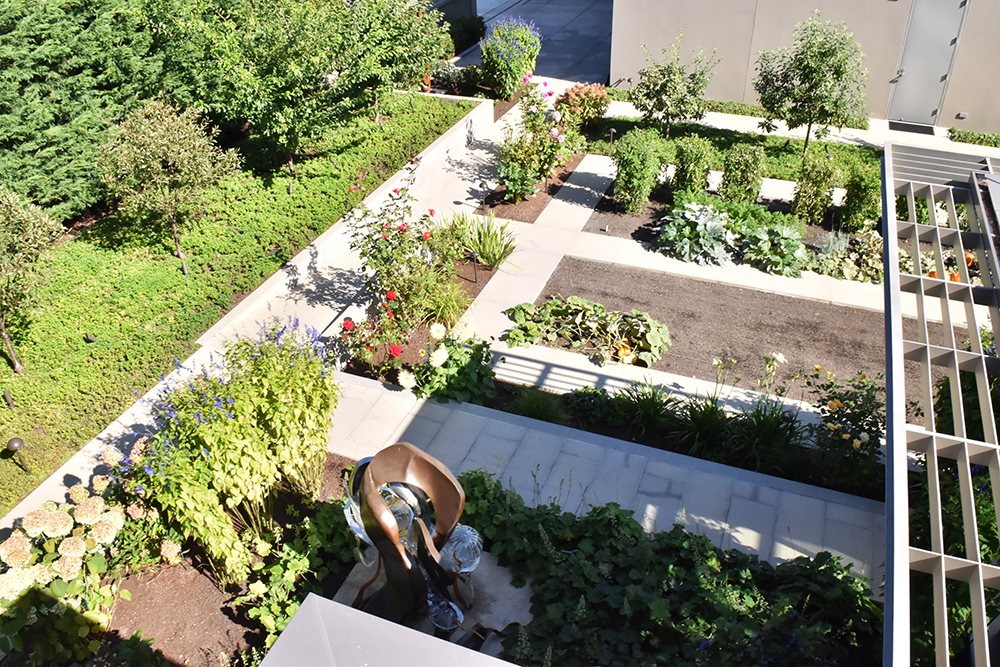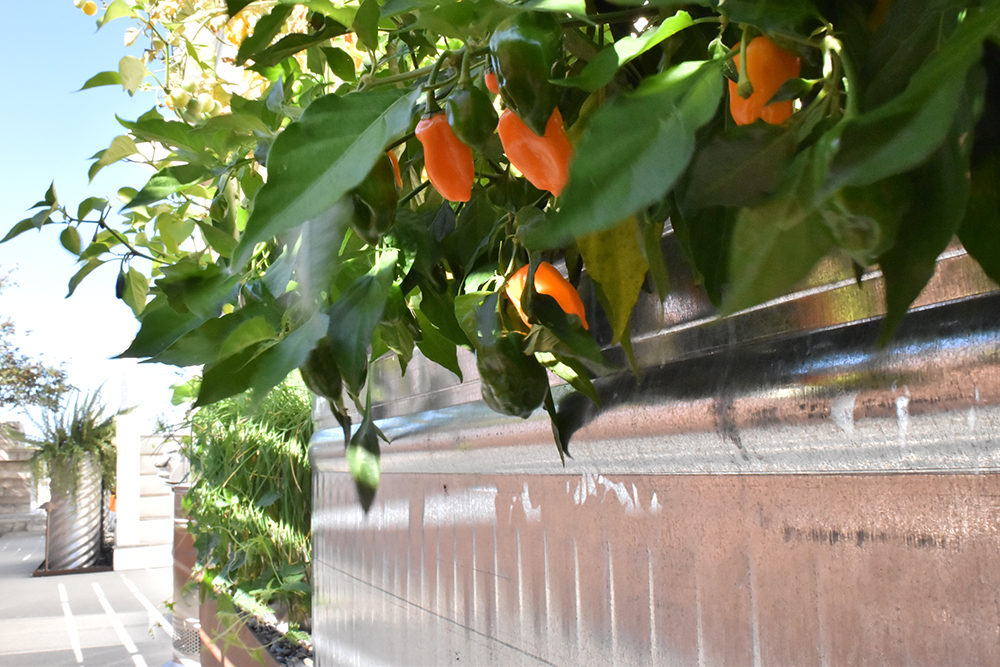Growing Herbs At Home
Growing Herbs At Home
Growing herbs is an easy and delicious way to start gardening!
WHERE TO START?
Most of the herbs that you can grow at home need two things — sunlight and well-drained soil. This means that when considering places in your yard to plant an herb garden, you need to look for a location that gets six or more hours of sunlight a day and that is well drained. Many people also consider convenience when selecting a place to start growing an herb garden. Planting near the kitchen or near the house will make it easier to harvest herbs from the herb garden.
PREPARING THE SOIL.
Once you have chosen the location for growing a herb garden, you will need to prepare the soil. If the soil is sandy or clay heavy, add plenty of compost. Even if your soil is in pretty good condition, working some compost into the soil will help provide nutrients to the herbs while they are growing. When growing herbs, do not use composted manures in the herb garden. These are typically high in nitrogen, which will make the herbs grow quickly but will reduce their flavor.
Good soil is 50 percent solids and 50 percent porous space, which provides room for water, air, and plant roots. The solids are inorganic matter (fine rock particles) and organic matter (decaying plant matter). The inorganic portion of the soil can be divided into three categories based on the size of the particles it contains. Clay has the smallest soil particles; silt has medium-size particles; and sand has the coarsest particles. The amount of clay, silt, and sand in a soil determine its texture. Loam, the ideal garden soil, is a mixture of 20 percent clay, 40 percent silt, and 40 percent sand.

Urban Garden by Terrain / Read More >
GARDENING WITHOUT GARDEN.
It turns out that most veggies grow very well in pots - and without nearly the work of in-ground gardens. Some of the best home-grown veggies - namely, tomatoes, peppers, cucumbers and eggplants - grow readily and sometimes better in containers. Almost all small crops, such as lettuce, beets, carrots, onions and radishes, also perform well as potted crops. About the only exceptions are space hogs, such as corn, rhubarb and squash, and that's mainly because of the pot sizes and support needed - not because they "don't work" in pots.

By growing herbs in pots and planters, you can grow tender perennials, such as rosemary and flowering sages year-round. Just bring them indoors in the fall. In addition, container gardening is a good option for gardeners who have limited space or soil that doesn't drain well.
Modern Herb Planters by Terrain / Read More >
CHOOSING THE HERBS.
It's up to you now to choose what would you like to grow! Almost all herbs will grow for at least one season. Some will grow year after year. Some of the most popular herbs that people grow when first starting a herb garden are:
- Basil
- Oregano
- Rosemary
- Chives
- Mint
- Sage
- Dill
The final step is to plant healthy, strong plants and water them when they become dry. Most Herbs like to be watered as soon as the soil located a couple of inches below the surface is dry to the touch. Since temperatures and humidity cause drying times to vary every week, you must check the soil often. Do not over-water. More water is not better and can lead to diseases or just poor growing conditions for your Herbs, which will result in reduced growth.
For harvesting, you simply cut off about 1/3 of the branches when the plant reaches at least 6-8" tall. By cutting close to a leaf intersection, your plants will regrow very quickly. Some plants, such as parsley, grow new leaves from their center. In this case the oldest branches need to be completely removed, leaving the new tiny branches growing from the center. This becomes clearer as you watch your plants grow and mature.
---
Taking the time to plant an herb garden is very satisfying and easy. By starting an herb garden and growing herbs, you can add beauty to your garden and flavor to your kitchen.

